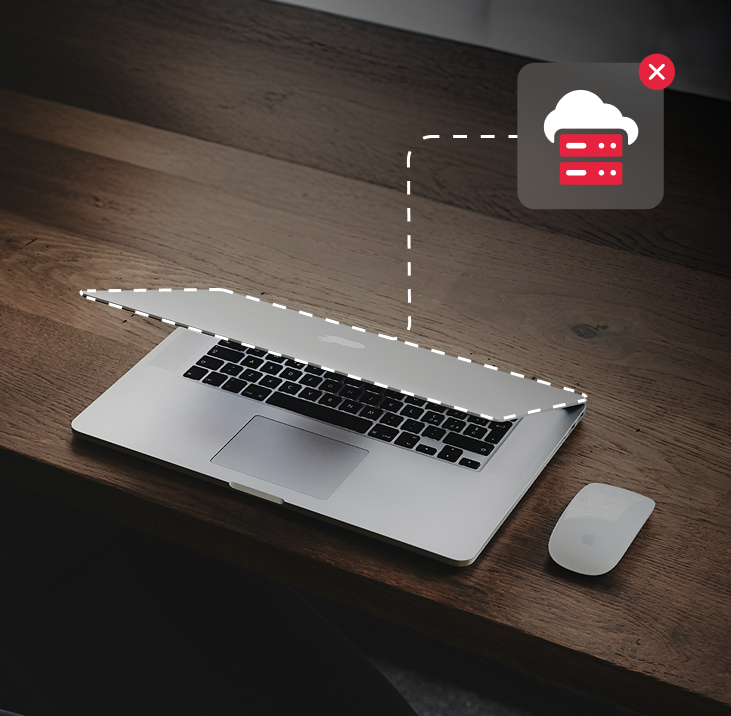The Three-Step Checklist
for Auditing Your Cloud Spend
Your cloud bill is out of control, isn’t it? We can fix this 👇
Step 1: Find
Step 2: Review
Step 3: Check
The Three-Step Checklist
Your cloud bill is out of control, isn’t it? It’s the #1 complaint we hear from IT Leaders. That monthly Azure or AWS invoice just keeps creeping up, and you know you’re wasting money, but finding where is a job in itself. We’ve put together a practical checklist you can give to your team today to find the most common sources of waste.
This is the low hanging fruit. These are assets you’re paying for right now that aren’t attached to anything.
Identify Over Provisioned VMs: Run a report on all VMs for the last 30 days. Find any machine where the max CPU or RAM utilisation never broke 20%. That machine is a prime candidate to be downsized.
Idle Load Balancers: Find any load balancers with no back end targets or that are showing zero active connections.
Orphaned IP Addresses: Search for any static/elastic IPs that are not associated with a running instance or service.
Old Snapshots: Review your automated VM/storage snapshots. Are you keeping hundreds of daily snapshots from six months ago for a non-critical dev server? C-Level production data needs that, a test environment doesn't.
Step 2: Review Any Over Provisioned Resources
This is the most common reason you’re haemorrhaging money. You’re paying for way more than you actually need.
Identify Over Provisioned VMs: Run a report on all VMs for the last 30 days. Find any machine where the max CPU or RAM utilisation never broke 20%. That machine is a prime candidate to be downsized.
Review Storage Performance: Are you paying for "Premium SSD" (io2) storage for a simple file share that's barely touched? Match the storage performance (IOPS) to the actual need.
Check Database Sizing: Look at your managed databases (RDS, Azure SQL). Are you paying for a 16-core machine when the database load never exceeds 10%?
Step 3: Check Your Data Lifecycle
Are you paying to keep data quickly accessible that you haven’t touched in a year? Time to rethink your approach.
Review Object Storage (S3/Blob): Identify data buckets that are used for backups or archives. Is this data being stored in the "Standard/Hot" tier?
Implement Lifecycle Policies: For any data you must keep for compliance (e.g., seven year old logs), create a policy to automatically move it from "Standard" to "Infrequent Access" after 90 days, and from there to archive after one year.
- Take Back Control
Tired of doing this manually?
Running this checklist probably saved you money, but it also took you, or a senior member of your team, several hours. And the kicker? You’ll have to do it all again next month, because new “zombie” assets and oversized VMs are created every day. We can fix this.
Our Cloud Services team can manage this for you. We provide continuous, automated cost monitoring and optimisation that stops the waste before it happens, freeing up your team to build, not audit.

Like what you've seen?
Arrange a no-obligation call with our team to discuss how Assimil8 can help your business unlock potential with data.